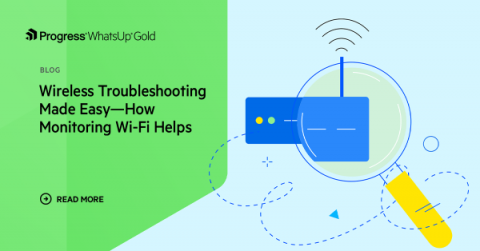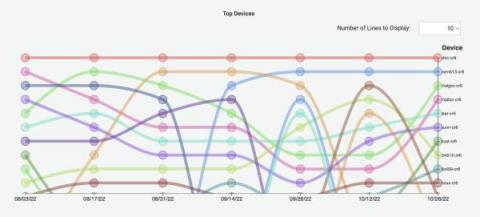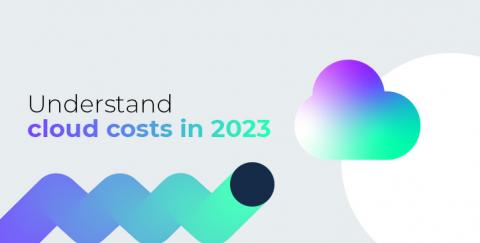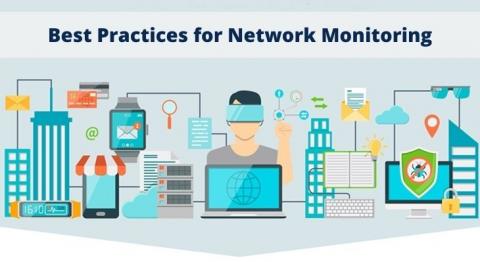Microsoft Outage on 25th Jan 2023 MO502273
Microsoft had its corporate earnings call yesterday and posted weaker guidance. But guess what? Several hours later, the tech giant was hit by a networking outage that took down Azure and other services like Teams and Outlook, affecting millions of users globally.











